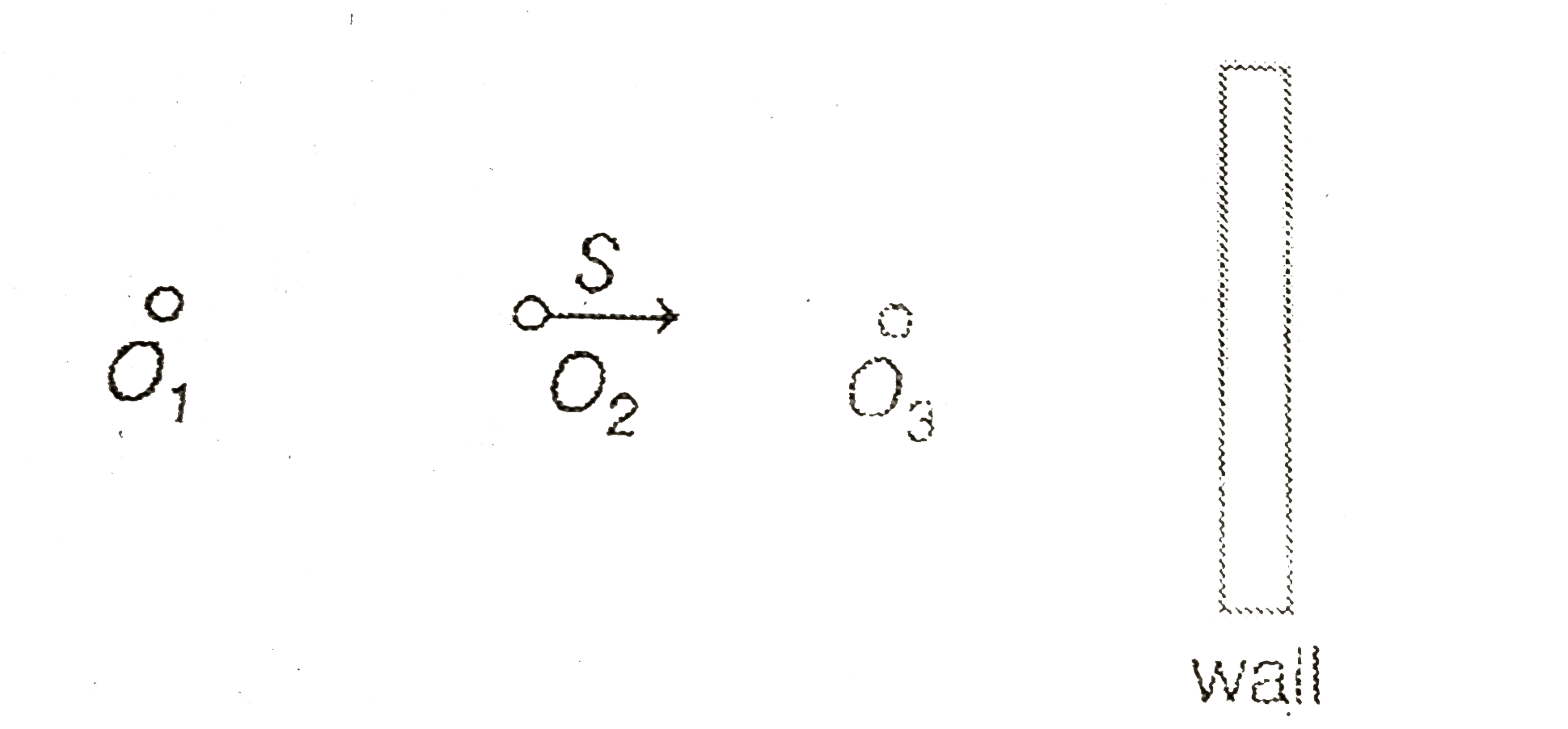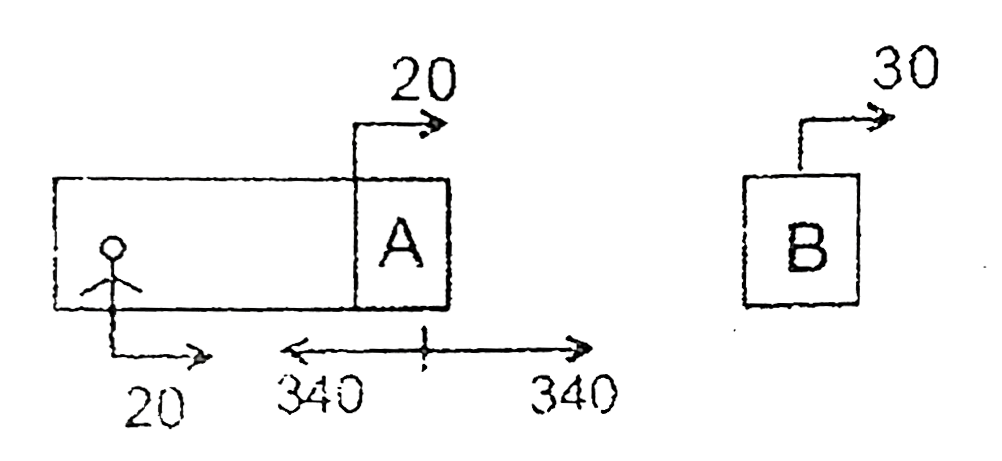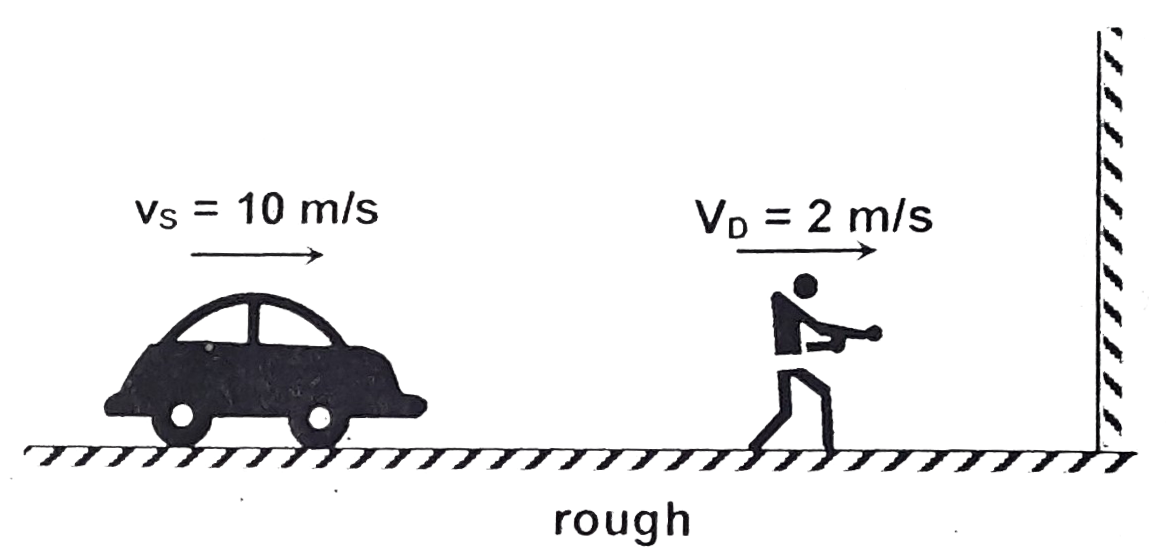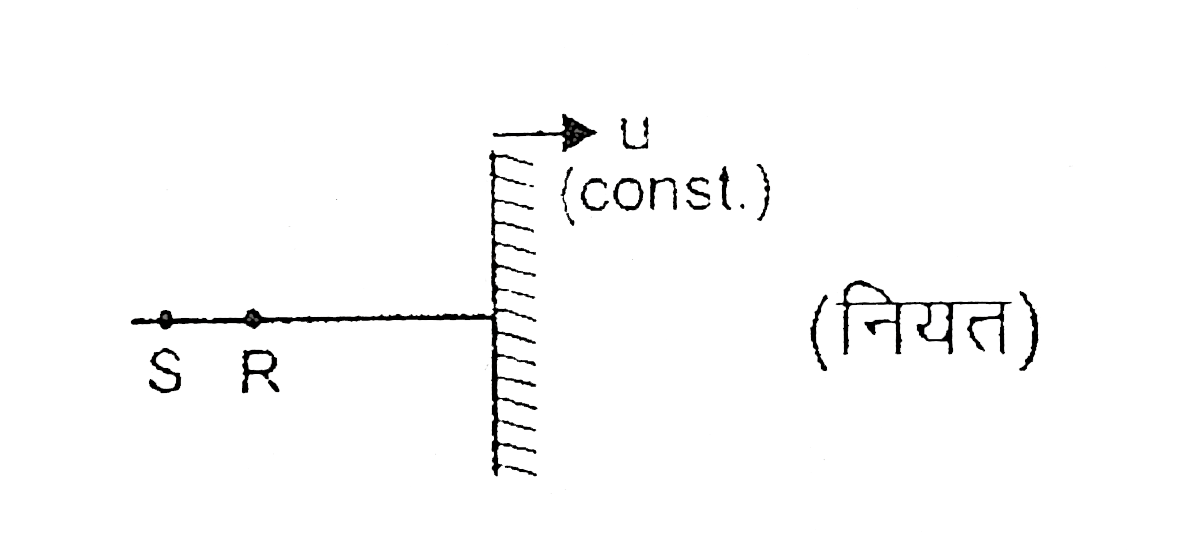Given frequency of source f=100Hz,vs=20m/sand v=330m/s.Thebeatequenciesf_(1)andf_(2) are 
a.f1=20Hz
b. f2=10Hz
c. both(a) and (b) are wrong
d.both (a) and (b) are correct
The correct Answer is:C
Step by step video & image solution for Given frequency of source f=100Hz,v_(s)=20m//s and v=330 m//s. The beat frequencies f_(1) and f_(2) are by Physics experts to help you in doubts & scoring excellent marks in Class 11 exams.
Updated on:21/07/2023Topper's Solved these Questions
- WAVE MOTIONBOOK - DC PANDEY ENGLISHCHAPTER - WAVE MOTIONEXERCISE - Matrix Matching
16 Videos
- WAVE MOTIONBOOK - DC PANDEY ENGLISHCHAPTER - WAVE MOTIONEXERCISE - Integer Type Question
11 Videos
- WAVE MOTIONBOOK - DC PANDEY ENGLISHCHAPTER - WAVE MOTIONEXERCISE - More Than One Option is Correct
23 Videos
- VECTORSBOOK - DC PANDEY ENGLISHCHAPTER - VECTORSEXERCISE - Medical enrances gallery
9 Videos
- WORK, ENERGY & POWERBOOK - DC PANDEY ENGLISHCHAPTER - WORK, ENERGY & POWEREXERCISE - Level 2 Comprehension Based
2 Videos
Similar Questions
Two sources of sound are moving in opposite directions with velocities V1 and V2(V1>V2). Both are moving away from a stationary observer. The frequency of both the source is 1700Hz. What is the value of (V1−V2) so that the beat frequency observed by the observer is 10Hz. Vsound=340m/s and assume that V1 and V2 both are very much less than Vsound.
View SolutionTwo trains A and B are moving with speeds 20m/s respectively in the same direction on the same stright track, with B ahead of A. The engines are at the front ends. The engines of train A blows a long whistle.
Assume that the sound of the whistle is composed of components varying in frequency from f1=800Hz to f2=1120Hz, as shown in figure. The speed in the frequency (highest frequency - lowest frequency) is thus 320Hz. The speed of sound in still air is 340m/s.

The spread of frequency as observed by the passengers in train B is
View SolutionA car is moving with a constant velocity 10m/s towards the stationary wall. The car blows a horn of frequency 320Hz. The velocity of sound in air is 330m/s. The beats frequency received by the observer is

View SolutionS is source R us reciver. R and S are at rest. F Frequency of sound from S is f. The beat frequency registred by R is kufv+u, Find k. Given, velocity of sound is v.

View SolutionTwo trains AandB moving with speeds 20m/s and 30m/s respectively in the same direction on the same straight track, with B ahead of A. The engines are at the front ends. The engine of train A blows a long whistle.
Assume that the sound of the whistle is composed of components varying in frequency from f1=800Hz to f2=1120Hz, as shown in the figure. The spread in the frequency (highest frequency - lowest frequency) is thus 320Hz. The speed of sound in still air is 340m/s.
The speed of sound of the whistle is
View SolutionTwo trains AandB moving with speeds 20m/s and 30m/s respectively in the same direction on the same straight track, with B ahead of A. The engines are at the front ends. The engine of train A blows a long whistle.
Assume that the sound of the whistle is composed of components varying in frequency from f1=800Hz to f2=1120Hz, as shown in the figure. The spread in the frequency (highest frequency - lowest frequency) is thus 320Hz. The speed of sound in still air is 340m/s.
(4) The speed of sound of the whistle is
View SolutionWhen a mass m is connected individually to two springs S1 and S2, the oscillation frequencies are v1 and v2. If the same mass is attached to the two springs as shown in figure, the oscillation frequency would be

View SolutionTwo sound sources are moving in opposite directions with velocities v1andv2(v1>v2) . Both are moving away from a stationary observer. The frequency of both the sources is 900 Hz. What is the value of v1−v2 so that the beat frequency aboserved by the observer is 6 Hz. speed of sound v= 300 m/s given ,that v1andv2<<v
View SolutionTwo trains AandB moving with speeds 20m/s and 30m/s respectively in the same direction on the same straight track, with B ahead of A. The engines are at the front ends. The engine of train A blows a long whistle.
Assume that the sound of the whistle is composed of components varying in frequency from f1=800Hz to f2=1120Hz, as shown in the figure. the spread in the frequency (highest frequency - lowest frequency) is thus 320Hz. the speed of sound in still air is 340m/s.
The spread of frequency as observed by the passenger in train B is
View SolutionTwo trains AandB moving with speeds 20m/s and 30m/s respectively in the same direction on the same straight track, with B ahead of A. The engines are at the front ends. The engine of train A blows a long whistle.
Assume that the sound of the whistle is composed of components varying in frequency from f1=800Hz to f2=1120Hz, as shown in the figure. the spread in the frequency (highest frequency - lowest frequency) is thus 320Hz. the speed of sound in still air is 340m/s.
(5) The distribution of the sound intensity of the whistle as observed by the passengers in train A is best represented by
View Solution
